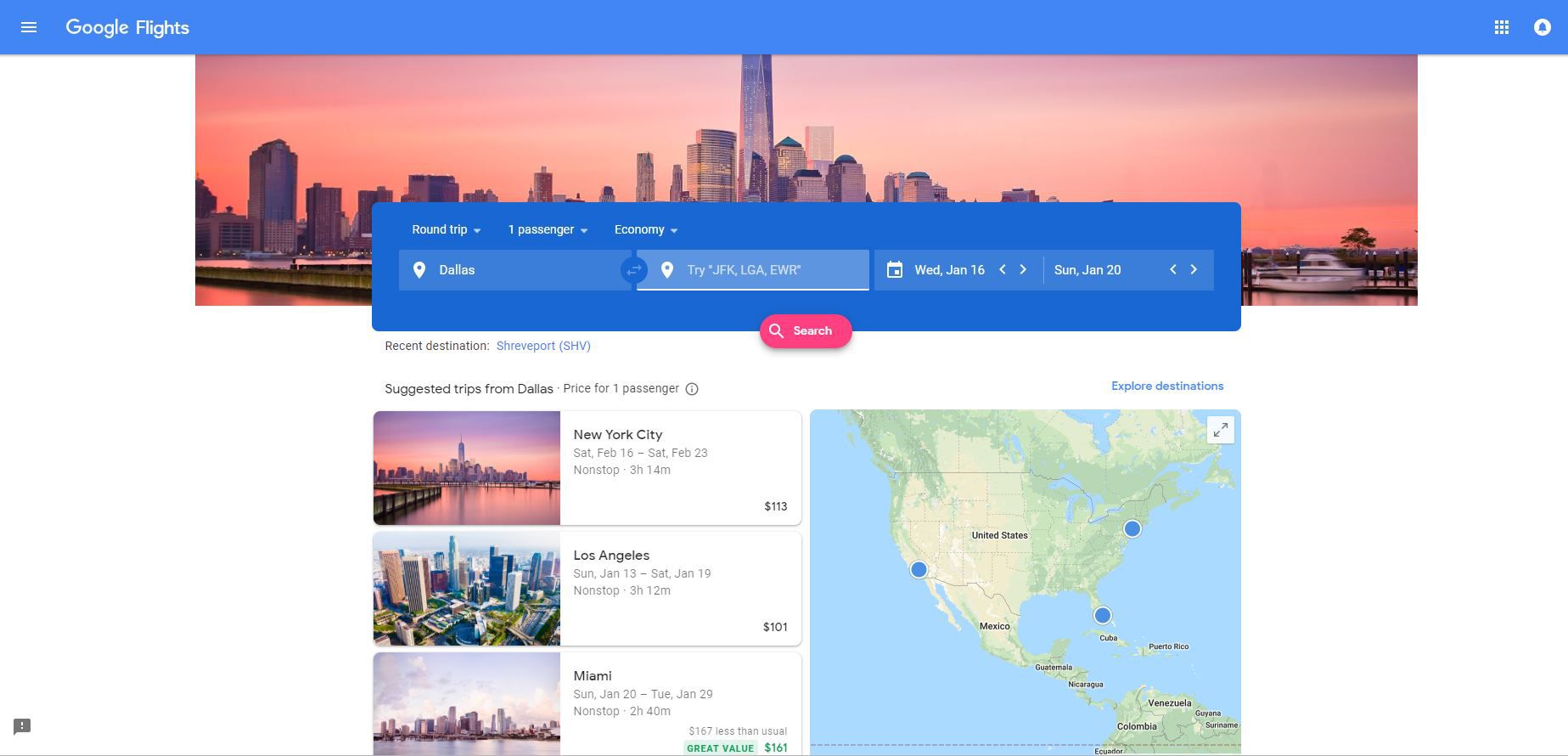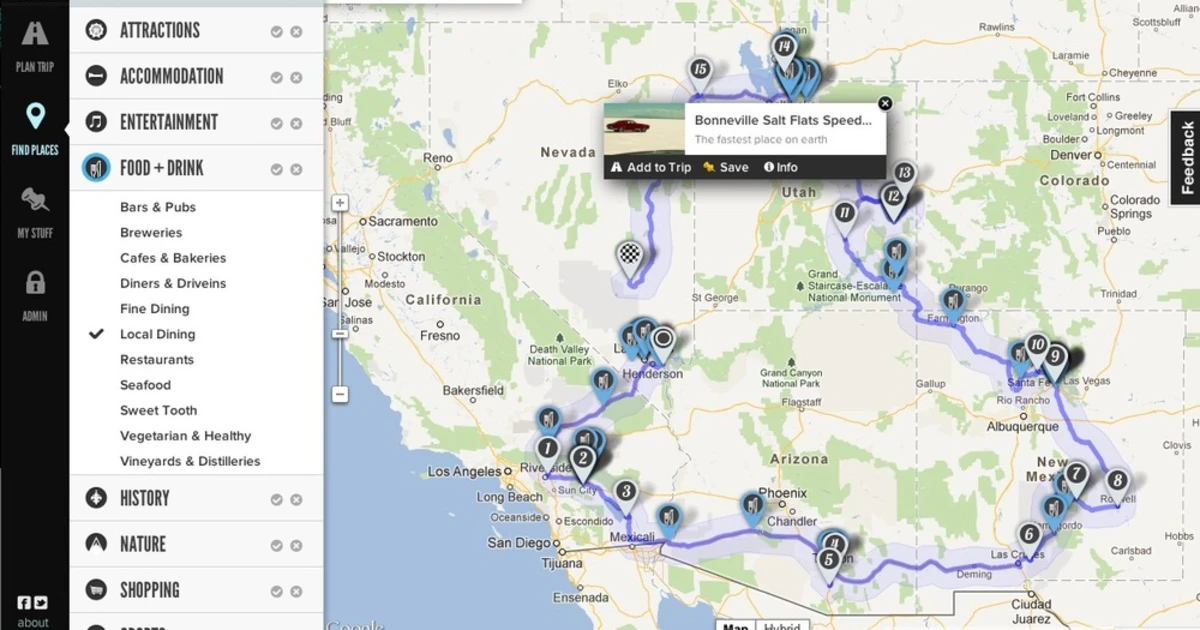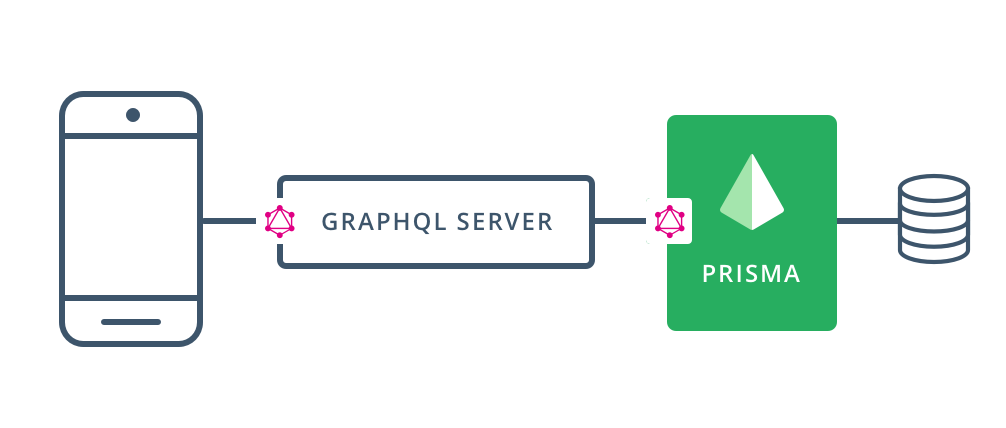Target Audience
Travelos is designed for adventurous travelers seeking companionship and authentic experiences, as well as local experts eager to share their unique insights and knowledge with curious explorers.
Other Solution
Google Travel

While Google Travel primarily focuses on providing users with tools for planning and booking trips, including flight and hotel searches, itinerary management, and travel recommendations,
Travelos distinguishes itself by fostering community and connection.Travelos connects travelers with potential trip companions and local guides, allowing users to share experiences, explore destinations together, and benefit from the insider knowledge of local experts. This social and experiential approach creates a more personalized and interactive travel experience compared to the primarily informational and transactional nature of Google Travel.
Roadtrippers
While Travelos connects travelers with potential trip companions and local guides to facilitate shared experiences and provide insider knowledge, fostering a community-oriented and authentic travel experience,Roadtrippers primarily aids users in planning and optimizing road trips by offering detailed itineraries, interactive maps, and information on points of interest, accommodations, and dining options along their routes.

Technical Review
Travelos's technical stack includes a Relay-compliant GraphQL API built with PostgreSQL, Prisma, and Pothos, providing efficient data fetching, type safety, and seamless schema management for a robust and scalable platform.

I use GraphQL a query language for my API, allowing clients to request exactly the data they need. This is crucial for efficient data fetching, especially in a platform like Travelos where users might need specific information about travelers, trips, and guides.
Relay Compliant, I Ensures that my GraphQL API follows the conventions and patterns required by Relay, a JavaScript framework for building data-driven React applications. This compliance means my API supports features like pagination, mutations, and subscriptions in a way that's optimized for performance and usability, because simply GraphQL without Relay is meaningless.
because simply GraphQL without Relay is meaningless.
Benefits of This Stack
- Type Safety
Both Prisma and Pothos are designed to work seamlessly with TypeScript, providing type safety throughout your application. This reduces runtime errors and makes your codebase easier to maintain.
- Efficient Data Fetching
GraphQL and Relay compliance ensure that clients can fetch exactly the data they need, minimizing over-fetching and under-fetching issues. This is crucial for performance, especially in mobile applications or in regions with limited bandwidth.
- Scalability
PostgreSQL is known for handling large datasets and complex queries efficiently, making it a good fit for a growing platform like Travelos.
- Developer Efficiency
Prisma's auto-generated queries and mutations, combined with Pothos's schema builder, significantly speed up development time. Developers can focus more on business logic rather than boilerplate code.
Graphql server

Deploying a GraphQL server using Pothos and Prisma in a serverless environment like Vercel presents several challenges.
- Firstly, the stateless nature of serverless functionscan complicate database connections, requiring careful management of connection pooling and potential cold starts.
- Additionally, configuring the Pothos schema to efficiently handle data fetching while ensuring optimal performance in a serverless context can be tricky.
- Lastly,debugging issues in a serverless setup may be more complex due to the lack of persistent logs and the ephemeral nature of the execution environment, making it hard to trace errors effectively.
Solution
To enhance Prisma's performance and streamline database connections in a serverless environment using Neon and the Relay framework, consider the following solutions:
Neon Database with Prisma
- Serverless Database: Use Neon, a serverless PostgreSQL database that automatically scales with demand. This reduces the overhead of managing database connections.
- Connection Pooling: Neon provides built-in connection pooling, which helps maintain persistent connections and minimizes latency. Configure Prisma to utilize Neon’s pooling capabilities effectively.
Prisma Optimization
- Batching Queries: Use Prisma's capabilities to batch queries and reduce the number of database calls. This can be done by leveraging features like include and select to fetch related data in fewer requests.
- Prisma Middleware: Implement middleware to log and optimize queries, allowing you to monitor performance and make adjustments as necessary.
Relay Framework
- Efficient Data Fetching: Relay's pagination and data fetching strategies can help manage large datasets efficiently, reducing the load on your server and database.
- Client-Side Caching: Utilize Relay's built-in caching mechanisms to minimize the number of requests made to your GraphQL server, leading to faster responses.
Warm-Up Strategies
- Keep Functions Warm: Schedule warm-up requests to your serverless functions to minimize cold start times. This can improve the initial response time for users.
Monitoring and Optimization
- Performance Monitoring: Use tools like Grafana or DataDog to monitor the performance of your Prisma queries and Neon database, allowing you to identify bottlenecks and optimize accordingly.
Try Graphql Serverless
Globale Archetecture Overview :

Deploying a GraphQL server with Pothos and Prisma in a serverless environment offers scaling potential through automatic horizontal scaling and efficient data fetching. Utilizing Neon for database pooling and caching strategies enhances performance under load.
Implementing monitoring tools and asynchronous processing further ensures reliability and responsiveness during peak traffic.





 because simply GraphQL without Relay is meaningless.
because simply GraphQL without Relay is meaningless.
